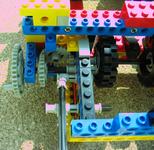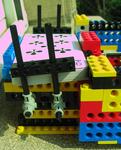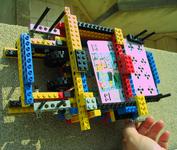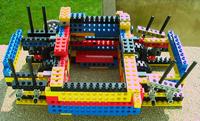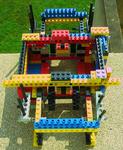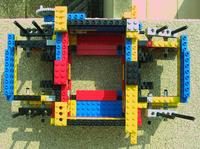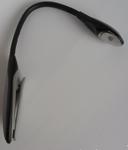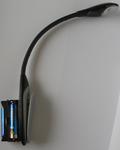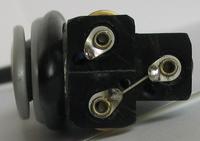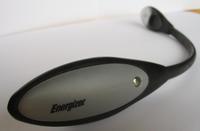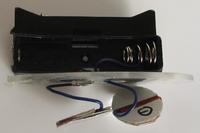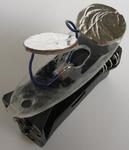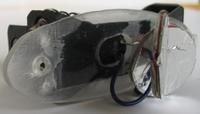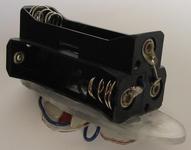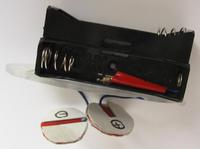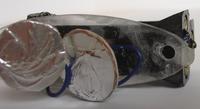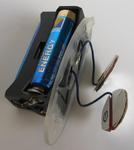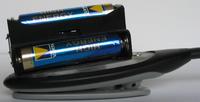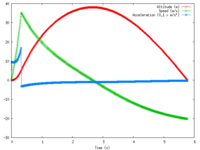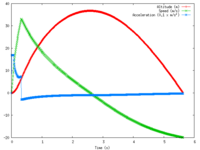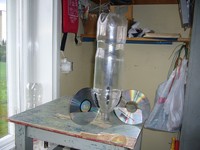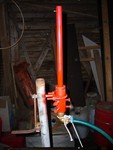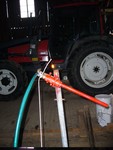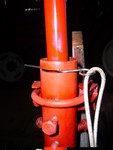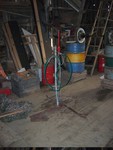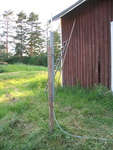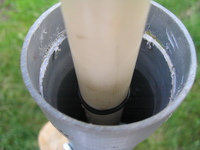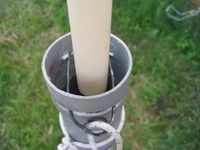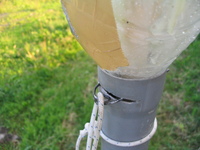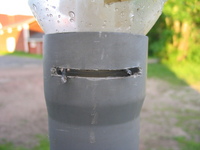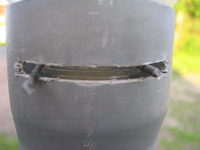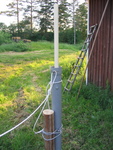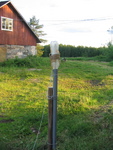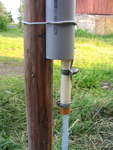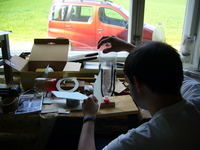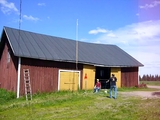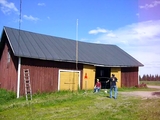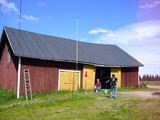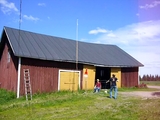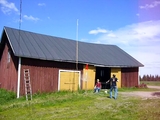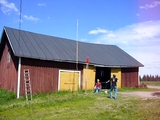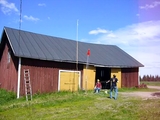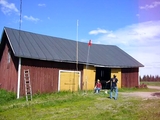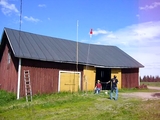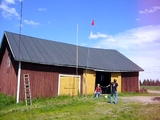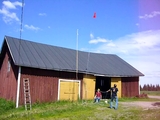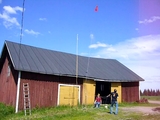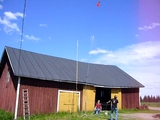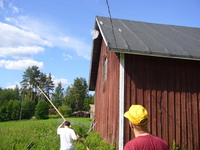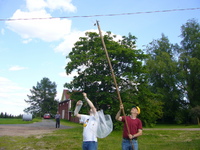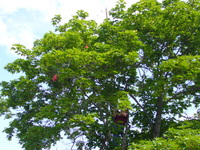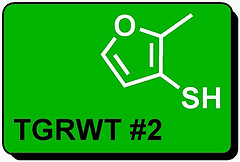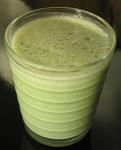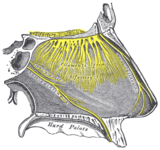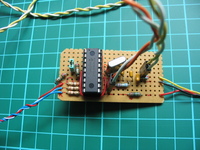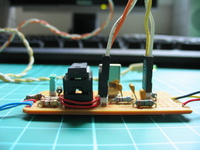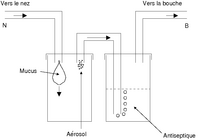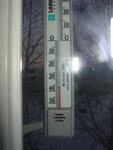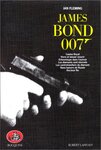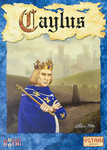
© BoardGameGeek.com
The resources in Caylus are not equally easy to get when using production
facilities such as farms, sawmills, quarries etc. We can then find what are
their respective values based on their scarcity and by extension, we can
derive the values of the deniers and of the pretige point.
Values of Resources
If we consider that all the production facilities have been built, we can
count how many resources are produced by each of them (when an alternative is
possible, such as in the wooden farms, we consider only half of the number of
resources; resources gained by the owner of stone buildings are not taken into
account) and calculate values of the resources relative to each other. Here
are the results:
- Gold: 100.0 (reference value)
- Food: 18.3
- Wood: 18.3
- Stone: 20.2
- Cloth: 25.3
Food and wood have the same value, stone is worth 10% more than the two
previous ones, cloth is worth 38% more than food and wood, and 25% more than
stone, and gold is worth the most, as expected.
Deniers
So, how much are deniers worth? It depends a lot where you spend them or where
from you get them.
At the bank, one denier is worth 50.0 or 40.0, depending on the amount you
change.
At the neutral market, its worth 4.6, 5.1, 6.3 or 25.0, depending on the kind
of resource you trade, respectively food/wood, stone, cloth or gold. At the
wooden market, these values are respectively 3.1, 3.4, 4.2 or 16.7.
At the neutral peddler, it's worth 9.2, 10.1, or 12.7 for food/wood, stone or
cloth, respectively. At the wooden peddler, the values are respectively 18.3,
20.2 or 25.3.
Prestige Points
The taylor changes cloth into prestige points, with a rate of one cloth turned
into two points. This sets the prestige point's value to 12.7.
The jeweller sets the value of the prestige point to 20.0 or 22.2, depending
on how much gold is spent at once.
The church sets the prestige point to 2.1-2.5 (with a denier worth 3.1).
Building wooden buildings sets the prestige point to 18.3 (farms, sawmill,
quarry), 9.2 (mason, market/peddler built with food), 9.6 (market/peddler
built with stone) or 10.9 (notary, market/peddler with cloth).
Building stone buildings sets the prestige point to 12.8 (farm, park,
workshop), 6.4 (architect, taylor, bank, alchemist) or 5.7-15.1 (church,
depending on how much prestige the favour can be turned into).
Residences are harder to evaluate, since they cost a denier in addition to the
cloth, but using the lowest rate of the denier (3.1), it can be set to 14.2.
The points obtained from the construction of prestige buildings are worth as
follows: 15.5 (library), 16.0 (cathedral), 14.8-20.0 (monument), 16.3 (hotel),
13.4-18.2 (theater), 13.7-18.6 (university), 14.7 (weaver), 15.5 (granary),
11.7-20 (statue). Some of these buildings also give favours, which can be
turned into one to five prestige points, which explains the variable values
for the monument, the theatre, the university and the statue.
Finally, building at the castle sets the prestige point's value to 7.1-18.9,
depending on which part of the castle is being built and wether you get a
favour that can be changed into prestige points because you were the first
builder.
Optimization
Now, how do you get the most out of it? This is not the same as rich, since we
have seen above that the value of deniers is very much variable depending on
who you deal with.
One possibility would be to sell at the market food/wood for deniers, and then
buy cloth at the peddler's or even gold at the bank. This allows to change
e.g., one food/wood for three cloth or two golds. It's much more interesting
than going to the alchemist's (one food/wood for half a gold), except if you
can't spend two rounds on the transactions.
Another possibility is to sell wood/food at the wooden market, and then buy
prestige points at the church, at a very low cost. This is probably the
cheapest way to gain prestige points, but it's quite slow.
With building construction, the best choices are the architect, the taylor,
the bank and the alchemist, since they bring prestige points at the lowest
cost.
At the castle, the best possibility is to be the first to build a piece of the
walls and turn the favour into five prestige points.
Warning
These values are true only when all the production buildings have been built.
If some of them are missing, the value of the resources that they are not
producing is getting higher and this changes all the calculations. If I have
time, I'll make a script that recalculates all these quickly.
